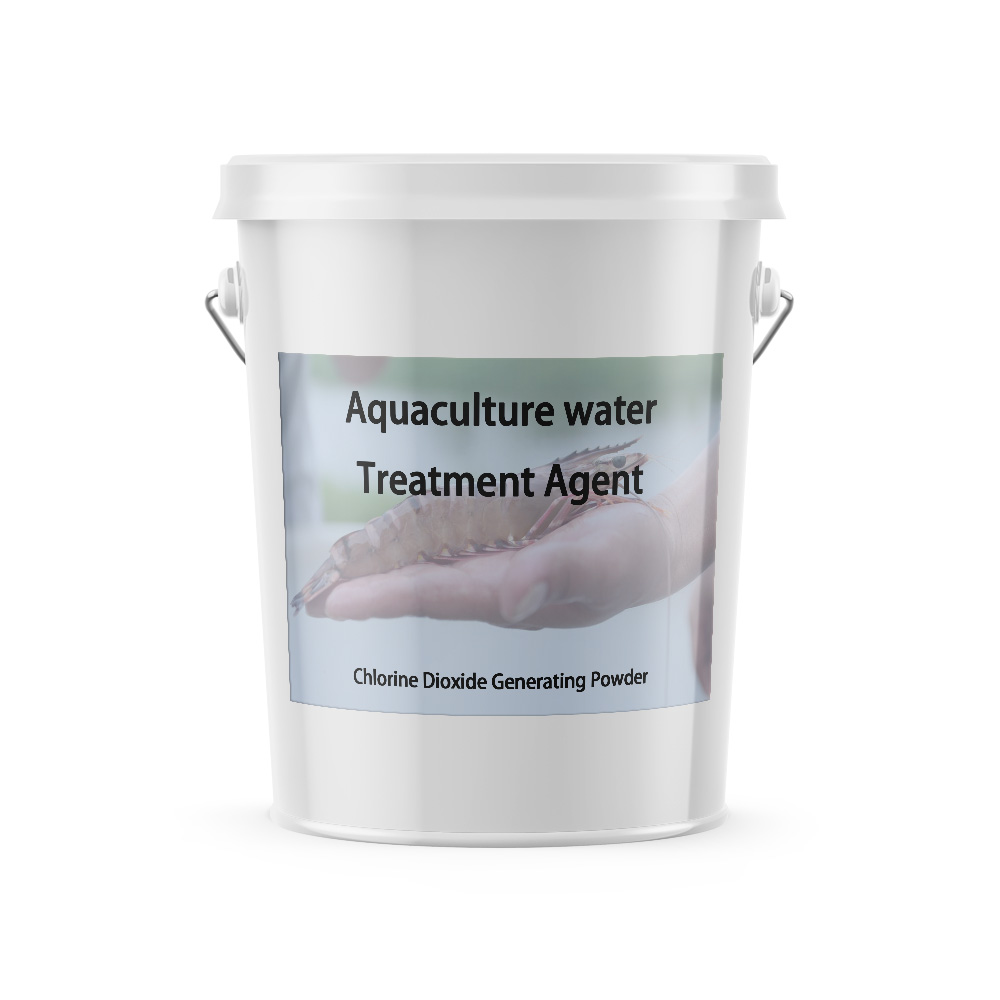



Sodium Hydroxide Applications and Safety in Food Processing Industry
Sodium Hydroxide in Food Processing A Detailed Overview
Sodium hydroxide, commonly known as lye or caustic soda, is an inorganic compound with the formula NaOH. It is a highly versatile chemical used in various industries, including food processing. While its use may seem counterintuitive due to its highly caustic nature, sodium hydroxide plays a crucial role in several food preparation and preservation methods.
The Role of Sodium Hydroxide in Food Processing
Sodium hydroxide is primarily employed in food processing for pH adjustment, food peeling, and the production of certain food items. It is especially notable in the preparation of olives, hominy, and various traditional cuisines that utilize alkaline enhancements.
1. Olive Processing One of the most common uses of sodium hydroxide in food processing is in the treatment of olives. Fresh olives contain a significant amount of oleuropein, a bitter compound that makes them inedible when harvested. Soaking olives in a diluted sodium hydroxide solution helps in the hydrolysis of oleuropein, rendering the olives palatable. This process, known as lye curing, also enhances flavor and texture and aids in the preservation of the fruit.
2. Hominy Production Hominy, which is corn that has been nixtamalized, benefits from sodium hydroxide as well. In the nixtamalization process, corn is treated with an alkaline solution, often sodium hydroxide, which helps in loosening the hulls from the kernels. This process not only assists in improving the nutritional value of corn by making niacin more bioavailable but also enhances the flavor and aroma of the resulting product.
3. Peeling Fruits and Vegetables Sodium hydroxide is also used for peeling fruits and vegetables. For instance, the peeling of tomatoes and peaches is often accomplished through a process involving sodium hydroxide. The alkaline solution can break down pectin, thereby loosening the skin and allowing for easier removal. This method is particularly effective in commercial processing, where efficiency and speed are paramount.
Regulation and Safety Considerations
sodium hydroxide in food processing

Given its caustic nature, the use of sodium hydroxide in food processing is heavily regulated. The U.S. Food and Drug Administration (FDA) and other governing bodies maintain strict guidelines regarding the allowable concentrations and methods of application. Food-grade sodium hydroxide must meet specific purity standards, ensuring that it is safe for use in food production.
Despite its efficacy, proper handling and usage protocols must be in place to prevent accidents. Sodium hydroxide can cause severe chemical burns, and exposure to even small quantities can lead to serious health risks. Therefore, professionals in food processing must be trained in handling sodium hydroxide safely, using personal protective equipment (PPE) to mitigate any risks.
Health Implications and Benefits
The use of sodium hydroxide in food processing raises questions about health implications. When used correctly, sodium hydroxide can enhance the nutritional value and taste of food products without leaving harmful residues. Proper rinsing and processing techniques ensure that any residual lye is removed from the final products, making them safe for consumption.
Moreover, the process of using sodium hydroxide can lead to the formation of beneficial compounds in foods. For example, nixtamalization improves the availability of calcium and niacin in corn, offering a nutritional boost to the hominy made from it.
Conclusion
Sodium hydroxide is an indispensable tool in the food processing industry, particularly for specific applications like olive curing and vegetable peeling. Its ability to alter physical and chemical properties of foods enhances flavor, texture, and nutritional value. However, its use must always be carefully controlled and monitored to ensure safety and compliance with regulatory standards. As the food industry continues to evolve, the applications of sodium hydroxide may expand, further establishing its role as a crucial component in modern food processing techniques. While its caustic properties might raise concerns, understanding and respecting its capabilities can lead to innovative and beneficial uses in food technology.
-
Why Sodium Persulfate Is Everywhere NowNewsJul.07,2025
-
Why Polyacrylamide Is in High DemandNewsJul.07,2025
-
Understanding Paint Chemicals and Their ApplicationsNewsJul.07,2025
-
Smart Use Of Mining ChemicalsNewsJul.07,2025
-
Practical Uses of Potassium MonopersulfateNewsJul.07,2025
-
Agrochemicals In Real FarmingNewsJul.07,2025
-
Sodium Chlorite Hot UsesNewsJul.01,2025










